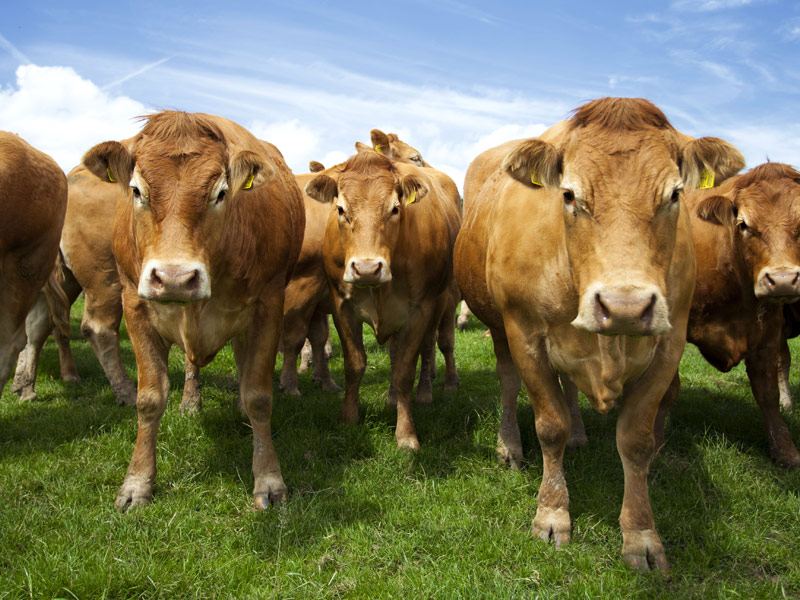Grass staggers or hypomagnesemia is the clinical condition seen when cattle have an insufficient quantity of magnesium in their blood. Whilst the body contains relatively large quantities of magnesium, animals need a constant dietary supply of magnesium in order to maintain blood levels as body stores tend to be in an unavailable form.
Typically in the early stages of the condition the cows will become agitated and twitchy, at a herd level you may notice cows kicking off units more often in the parlour. Individual cows will show a mild reduction in milk yield which will progress to signs of stiffness and muscle tremors. Untreated the condition will progress quite rapidly to the cow going down and being unable to stand, ultimately the levels of magnesium drop low within the fluid which surrounds the brain which results in fitting, coma and death.





